October Fish Fest
 October 11, 2011
October 11, 2011
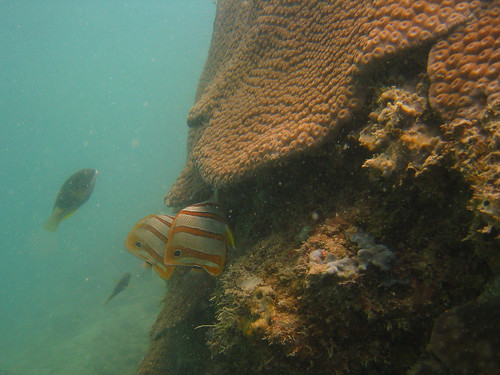
It was a special day today because we got to bring the staff of Singapore Prisons out to local waters for some education and recreation! Despite the onset of the Northeast monsoons we had a nice dry day out at the islands with a cool breeze. Above: A pair of Copper-banded butterflyfish and an Anchor tuskfish ply the shallow reefs for food.
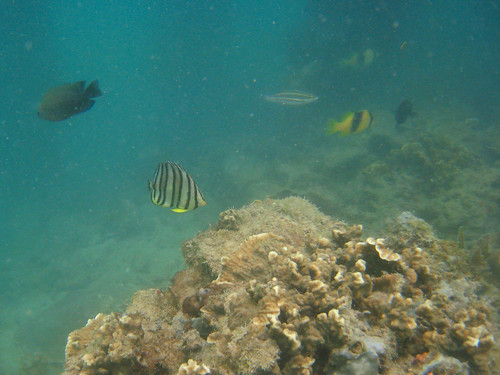
Underwater visibility, like the past five months have been very favourable for new divers, but seasoned divers like the Hantu Blog volunteers who have become used to the low visibility conditions do miss the more challenging conditions. Above: Soapfish, Paradise whiptail, Eight-banded butterflyfish, and Damselfish busy feeding off the reefs.
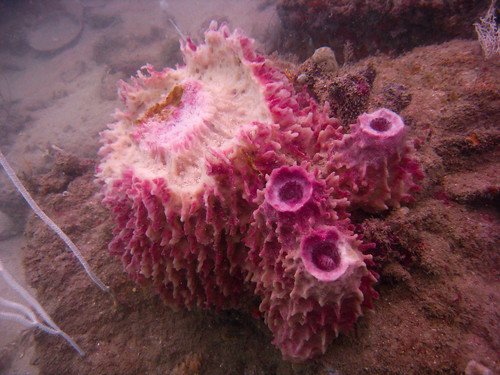
It also seems that we are better able to spot critters on the reef when the visibility is low. I’m not sure if this is because that’s just what we’re used to, or if it’s true that more critters come out when the visibility isn’t so good. Above: A Barrel sponge can grow large enough to fit a person inside! The largest amongst this cluster of seems seems to have had a huge chunk taken out of it. Hawksbill turtles are known to eat Barrel sponge. Could it be?!

There has been some speculation that because of the low visibility, small critters might not feel so threatened by larger predators, especially those that patrol along the reef like barracuda and other large carnivorous fish. Above: Arul Kishnadas gets close to the reef to take a photograph of a tinsy tiny nudibranch.
Look at the assortment of nudibranches we managed to uncover! Some of the divers out with us had not seen or even heard of these flamboyant reef creatures till today! It’s very satisfying to be able to share the wonders of local reefs with others! How lucky they were too to have the good visibility to make their dives more comfortable.
It was also a good day for me because I managed to find this Tomato clown anemonefish living in a Bubble-tipped anemone (above left). Bubble-tipped anemones are known to be a natural host of several species of anemonefishes, including the Cinnamon (Amphiprion melanopus), Tomato (A. frenatus), Orange-fin (A. chrysopterus), Amphiprion clarkii, Amphiprion ocellaris, Amphiprion percula and Maroon (Premnas biaculeatus). On the right is a “family” of False clown anemonefish in a Magnificent anemone.
Some creatures could only be found by peering into nooks and crannies along the reef, such as this False scorpionfish (left) and the Red swimmer crab that’s making it clear that it does not want me to get any closer!
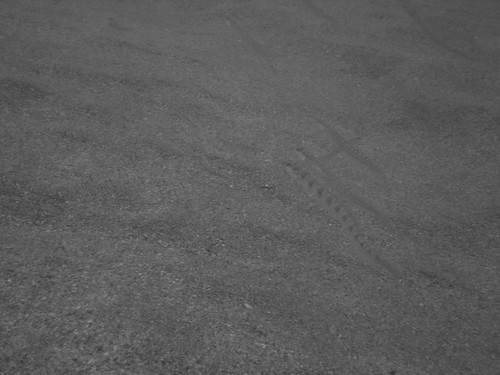
Something I thought was really cool that I wanted to share, was this photograph of a school of Sand-divers (Trichonotidae). Because of their superb camouflage, they would be very hard to spot in the picture if I kept it in colour, so I got rid of the colours and pumped up the contrast so now you can see at least nine of them hovering just above the surface of the sandy seabed. Notice that all but one of them have tiny spots on their body. The one closet to the camera has large and distinct black spots. I wonder if it’s just a colour variation or if the species is sexually dimorphic.
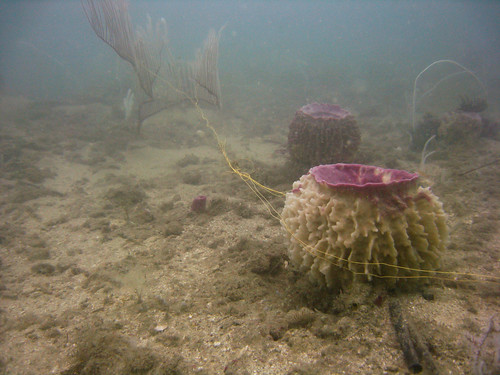
On all of our dives, we always have to do a little cleaning up. Among the most troubling kind of debris we encounter are monofilament fishing lines. Discarded monofilament lines can present serious environmental problems. These lines are extremely difficult to spot when submerged in water, and fish, birds, sea turtles and other marine life can easily become entangled, causing starvation, amputation, and death. Ingestion is also a serious threat to wildlife. Monofilament lines also present a risk to swimmers and scuba divers. There are actually two lines in the above photo, one of the lines is translucent and the other is a bright yellow. This line was at least four meters long, and some parts had already cut into and become embedded in the whip coral. The line continued to the right of the picture where it is tangled with more sponges and a seafan. The Hantu Blog encourages recreational fishermen to choose their equipment wisely. Find out more about the fishing spot so you understand the right lines to use and prevent entanglement and collateral harm to the environment.
To view more pictures from this dive, visit The Hantu Blog Gallery.
See more amazing photos and videos of Singapore’s sea life first on our Facebook Page!
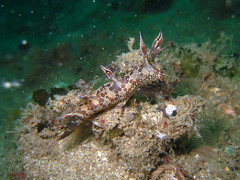
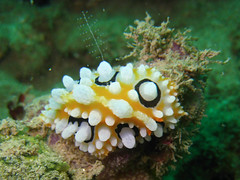
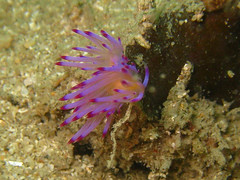

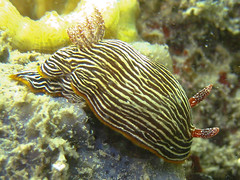
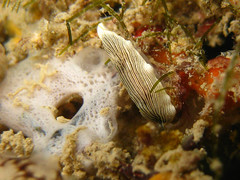
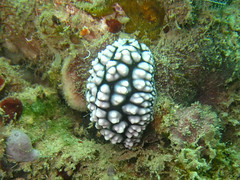

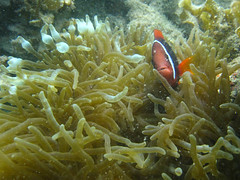
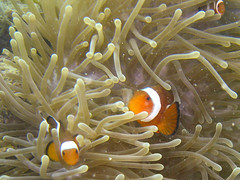

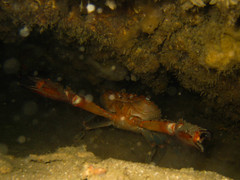
 Posted in
Posted in 



 content rss
content rss
COMMENTS